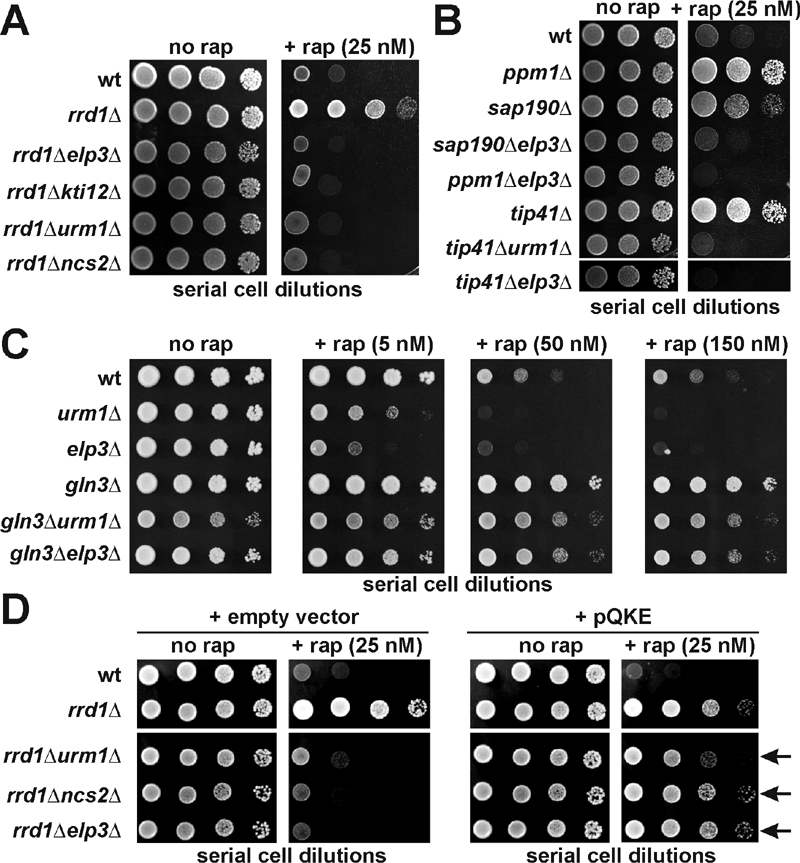FIGURE 1: Genetic interaction between mutations in TOR signaling and tRNA modification pathways.
(A) Rapamycin hypersensitivity due to loss of tRNA modification in Elongator and U34 thiolation mutants is epistatic over TOR signaling mutant rrd1∆.
(B) Other mutations in TOR pathway signaling genes cannot alter the rapamycin sensitive phenotype of Elongator or U34 thiolation mutants.
(C) Hypersensitivity of U34 modification mutants to TOR inhibition by rapamycin requires Gln3 function.
(D) Overexpression of tRNA species (tRNAGln, tRNALys and tRNAGlu) known to undergo U34 anticodon modification suppresses the rapamycin sensitivity of rrd1∆ cells carrying tRNA modification defects and reinstates drug tolerance. Shown are drug responses with vector controls (+ empty vector: left panels) or in response to tRNA overexpression from multicopy plasmid (+ pQKE: right panels) carrying tRNAGln (Q) tRNALys (K) and tRNAGlu (E) genes. Phenotypic suppression is indicated by arrows.
In (A-D), ten-fold serial dilutions of yeast tester strains with genetic backgrounds as indicated were spotted onto YPD media containing no drug (no rap) or various doses (5, 20, 25, 50 and 150 nM) of rapamycin (+ rap) and grown for 3-5 days at 30°C. Lack of growth indicates rapamycin sensitive or hypersensitive responses while growth in the presence of the TOR inhibitor drug equals rapamycin resistance.

